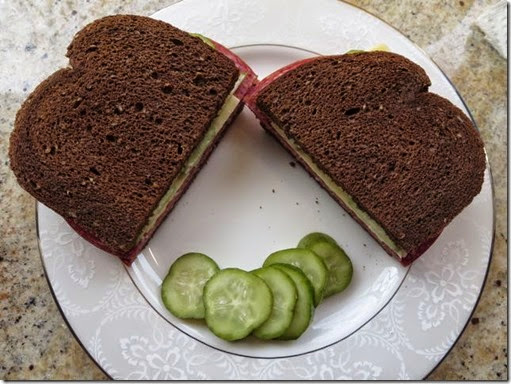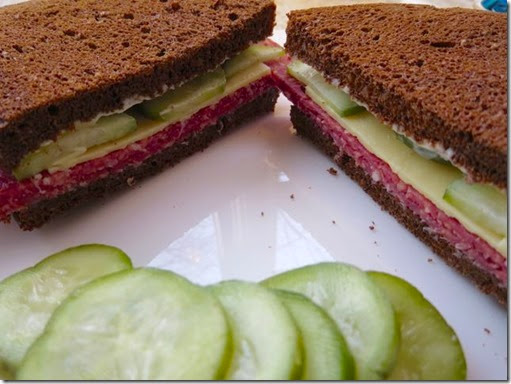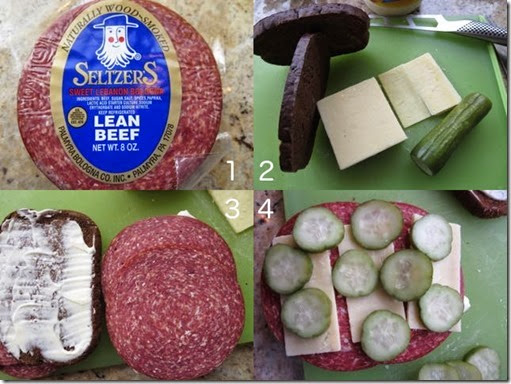Sometimes we come across a wine that is OK but we would rather not drink (life is too short). Sometimes after returning the wine to the bottle, we classify it as a "Wednesday" wine-- meaning that although it wasn't good enough for dinner on Sunday, no matter how bad it may have tasted on Sunday, by Wednesday that wine (or any other wine for that matter) would taste good. In other cases the wine can not even classify as a Wednesday wine. We had one such bottle of wine and the only thing left to do was make beef stew. This dish probably does not qualify to be called "
Bourguignon" since the wine was not burgundy but Chilean Cab. I did not look up any specific recipe. My recipe has some apparent deviation from the classic (if such a thing exists); one is not using bacon since I do not find too much difference in the end result except adding more fat. I did not have regular button mushrooms (we don't particularly like them), so I used fresh shiitake instead. Lastly, I did not have pearl onions or cippolini but I did happen to have parsnips. Despite these deviations, the end result was quite good (allow me again to self boast).
Beef: I happened to come across some very reasonably priced beef for stew and bought it (about 2.5 lb). I suspect this could have been rump roast or round but I'm not sure. I salted and peppered the beef cubes and dredged in flour. In a large Dutch oven (or stock pot), I added light olive oil (3 tbs) on medium flame and browned the beef cubes in two batches so that all the surfaces get nicely browned and crusty leaving brown bits ("
fond") on the bottom of the pan (#1, below).
Wine: Any semi drinkable dry red wine would do. I used the wine that failed to classify as even a Wednesday wine (1 bottle or 750ml) as I mentioned above but, of course, you could use Burgundy.
I removed the beef from the pot and covered it with an aluminum foil and set aside. I added finely chopped onion (2 medium), garlic (5 cloves), celery (3 stalks and leaves) to the pot and sauté for 5-6 minutes. The moisture from the vegetables helps dislodge the "fond" but I further deglazed it with a small amount of red wine to make sure all the "fond" gets incorporated. I added back the beef with the juice accumulated on the bottom of the plate and added the remainder of the red wine.
Bouquet garni: I did not have fresh thyme. I initially made BG from two stalks of celery, 4 bay leaves, 3 sprigs of parsley, 2 stalks of fresh rosemary tied with a butcher twine, but, at the end, I decided to remove all the solids from the cooking liquid. I really did not have to make BG and could have just thrown in everything. I also added 5-6 whole back pepper corns and dried thyme (1/4 tsp). I did not add any liquid but wine. When it came to a boil, I skimmed off the scum that formed on the surface. Then turned down the heat to simmer. I put the lid on and cooked for more than 1 hour (#2).
Vegetables: It is important to cook vegetables separately, not in the wine with the meat. The acidity of the wine appears to prevent starchy vegetables such as potatoes from getting cooked properly (i.e. they never become soft). I combined the meat and vegetables after both were properly cooked. I cooked the vegetables in salted water in a separate pot which included potatoes (6 small Yukon gold, peeled), carrot (3 medium, cut in 1 inch rounds), parsnip (3 small, cut in half inch segments) (to cook everything together, give the potatoes a 15 minute head start). If I had pearl onion or cippolini, I would have cooked them in water or chicken stock until they were soft or the liquid mostly evaporated. Then I would have sautéed them in butter to brown the surface before adding to the stew. For the shiitake mushrooms, I cut them into large chunks (6 large), sauteed in butter and deglaze with a small amount of brandy (be careful of flare ups). The cooked vegetables were drained immediately and set aside in a bowl.

After the beef became tender, I removed the meat to another container and strained the remaining simmering liquid to remove all solids pressing to extract all the juice. I put back the liquid in the pot (The liquid was now nice dark burgundy color and slightly thickened. I switched to a smaller pot at this point), added back the beef and the vegetables (#3). I simmered it for another 30 minutes (#4).
We tasted a little of the stew but we did not eat it immediately (because we had fresh tuna we had to eat that evening). I put the pot in the fridge after it cooled to room temperature. The next day, I reheated it on a low flame and adjusted the seasoning with salt and pepper. I served this with
Pennsylvania Dutch noodles and green beans. The result was well worth the effort. The beef was fork tender and flavorful and the sauce is very rich and with layers of velvety flavor (may I say unctuous?). We really liked the parsnips in the stew. They added a slight sweetness.
The obvious choice of libation was a good red wine. We had this with
Flora Springs Winery, Flora's Legacy, Cabernet Sauvignon 2006. This is a solid Napa cab, not too fruit- or vanilla-laden but with complex black fruit upfront with a nice backbone of tannin and went so well with this dish. Perfect!











